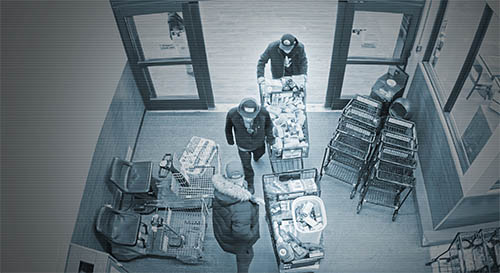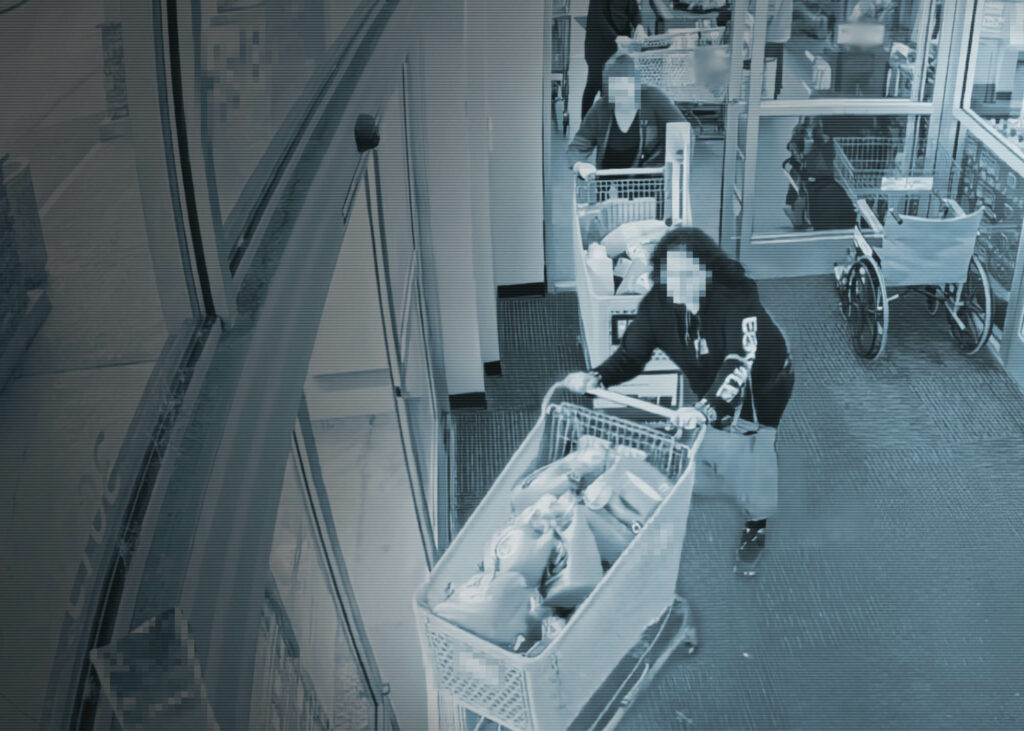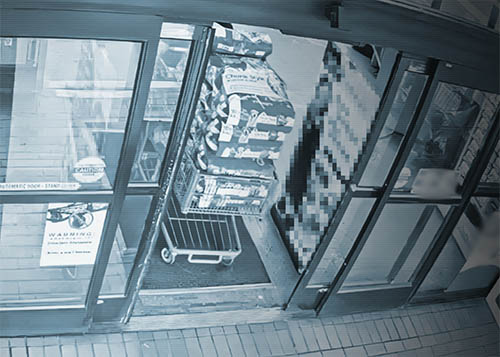— By Robert Harling —
Innovative loss prevention technologies and strategies.
The safety and security of shoppers and employees are at the top of the list of priorities for retail executives. Open and inviting stores where customers can shop without concern and employees are assured of their safety is not a new goal for retailers. As incidents of retail theft and in-store violence rise, retailers must adapt with effective strategies and advanced technologies to ensure a safe shopping environment. The National Retail Federation reported a 19.3% increase in retail shrink, a sizable portion of which is attributed to external theft. Finding a way to address in-store theft, including that by Organized Retail Crime (ORC) rings, without deprioritizing the safe and comfortable shopping experience is at the center of the conversations we have with our retail partners. Loss prevention solution providers are motivated to support the goals of their retail partners. A shared objective of a safe and friendly shopping environment is top of mind as we deploy, refine and develop loss prevention solutions.
The Role of Technology in Enhancing Safety of Loss Prevention Solutions

At the forefront of retail safety, innovative technologies play a crucial role. Enabled by advances in technology such as cloud-to-edge distributed processing, machine learning and artificial intelligence, solution providers integrate keen customer insights around safety into the systems they develop for retail loss prevention. Artificial intelligence offers new avenues for preventing retail theft. AI’s ability to analyze vast amounts of data can help both at the point of theft, where suspicious patterns of shopping cart movement are identified, and the cart’s exit is interrupted, and after the fact, where video footage can be analyzed quickly to gain key insights into theft behavior. Further advancements will harness observed patterns and offer up predictive models to alert customer service and asset protection associates to heighten their awareness. Theft deterrence and the addition of friction cannot be the only goals of loss prevention solutions. Consideration of the shopping experience and the safety of employees and shoppers must remain in view.
Best Practices for Retail Safety & Loss Prevention
Maintaining a safe and secure retail facility requires a comprehensive approach. Effective practices include:
• Develop a Comprehensive Loss Prevention Strategy: Outline all aspects of your loss prevention strategy and think through how they work together. Where do you have areas of exposure?

• Consideration of Impact: Before implementing a loss prevention solution, consider its impact on safety. Will it increase the opportunity for violence in your store? Does it support non-confrontational policies (or similar) that you may have in place to protect your employees?
• Review Your Safety/Emergency Exit Protocols: Do you have commonly understood protocols for emergency exits, and is all equipment operating according to local requirements and your company policies?
• Overlay Emergency Exit and Loss Prevention Strategies: It is common for bad actors to find alternate ways to leave your store when loss prevention solutions (including greeters & guards) are deployed at your entrance and exits. Confirm that your emergency exits can operate properly but do not become an exit point for theft.
• Implement a Training Schedule: Prepare content and a schedule for training on emergency response and safety protocols as well as employee interactions with loss prevention solutions, including how to properly interface with customers who may be included in a solution response.
Retail Strategies to Mitigate Theft

Retail executives across the spectrum are adopting innovative measures to protect their goods while ensuring a seamless shopping experience for their patrons. One common method involves securing high-demand or expensive items like beauty products in locked displays. This strategy requires staff assistance for customer access, which significantly diminishes theft risks but may occasionally inconvenience shoppers who wish to evaluate or purchase these items freely. An additional approach is the verification of receipts at store exits. This practice confirms that all items leaving the premises have been paid for, effectively reducing theft. However, this could be seen by some customers as suggesting distrust and may place employees in potentially confrontational situations. Moreover, many stores are redesigning their layouts, so all exits pass through cashier zones, a subtle but effective deterrent against theft. This arrangement limits shoplifters’ ability to leave unnoticed with unpaid goods. Alongside, technologies like door alarms alert security personnel and discourage thieves, although they do not physically prevent exit. Another increasingly popular innovation is the use of wheel-locking technology in shopping carts. These systems activate when a cart with unpaid merchandise attempts to exit the premises, locking the wheels and triggering an alarm. This passive security measure acts as more than a deterrent, often leading shoplifters to abandon the cart and merchandise, reinforcing the store’s proactive stance on theft prevention. Through these varied and often layered approaches, retailers are tackling the pervasive issue of retail theft and affirming their dedication to maintaining a secure and inviting shopping environment for all customers.
Solutions and Innovations
Addressing safety challenges in an ever-changing retail environment requires diligence in training and flexibility in application from retail operation teams and continuous innovation from solution providers. As we continue to develop loss prevention technology to support our customers, the importance of safety cannot be overstated. Store safety, shopping environment and loss prevention efforts should not be at odds with one another.
— Robert Harling is the CEO of Gatekeeper Systems in Foothill Ranch, Calif. A retail loss prevention solution provider, Gatekeeper Systems is dedicated to pushing the boundaries of technology to create safer retail spaces that protect both property and people.

